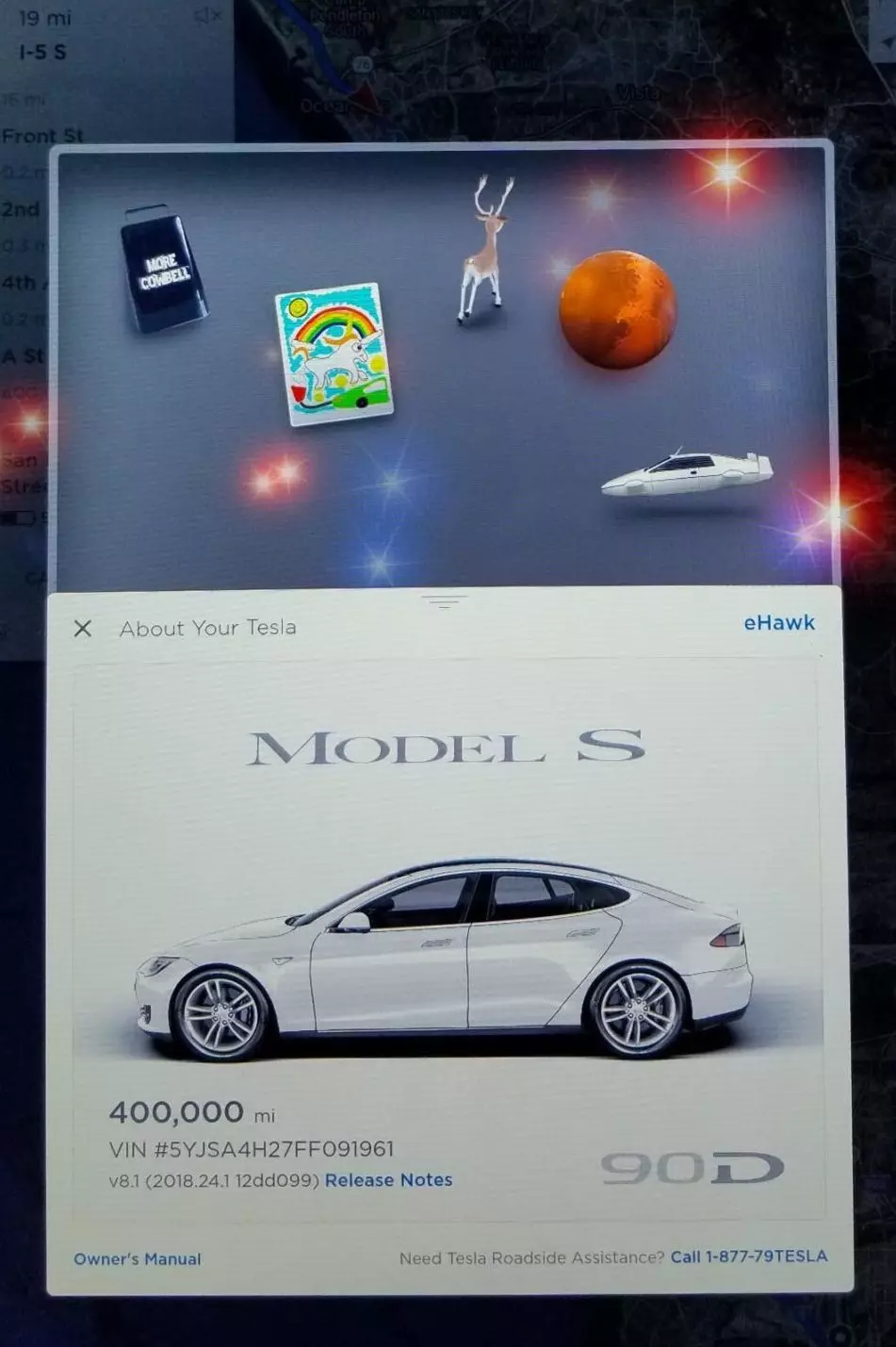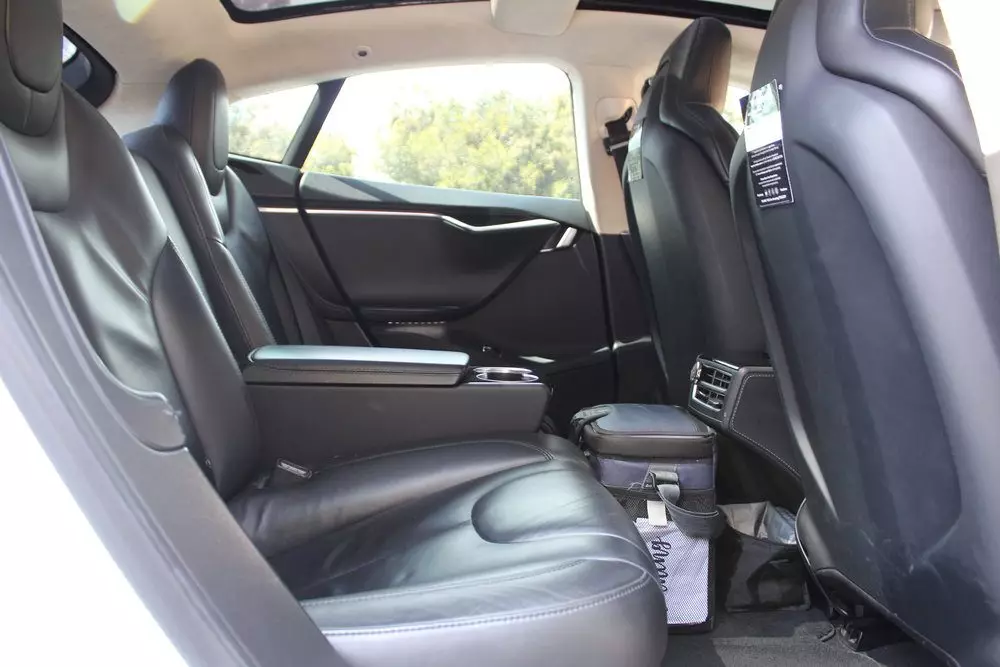There were 400 thousand miles or 643 737 km in precisely three years , which gives an average of over 200 thousand kilometers per year (!) — that's almost 600 kilometers a day, if you walk every day of the year. As you can imagine, the life of this Tesla Model S it is not that of a typical automobile. It is owned by Tesloop, a shuttle and taxi services company operating in Southern California and the US state of Nevada.
The numbers are impressive and the curiosity is high. How much will the maintenance cost? And the batteries, how did they behave? The Tesla are still relatively recent models, so there is not much data on how they “get old” or how they deal with more common mileages seen in Diesel cars.
The car itself is a Tesla Model S 90D — “christened” with the name of eHawk —, delivered in July 2015 to Tesloop, and is currently the Tesla that traveled the most kilometers on the planet. It has 422 hp of power and an official range (according to the EPA, the US environmental protection agency) of 434 km.

It has already transported thousands of passengers, and its movements were mostly from city to city — that is, a lot of highway — and according to the company's estimates, 90% of the total distance covered was with the Autopilot turned on. The batteries were always charged at Tesla's fast charging stations, the Superchargers, free of charge.
3 battery packs
With so many kilometers in so few years, problems would naturally have to arise, and the doubt when it comes to electric ones essentially refers to the longevity of the batteries. In Tesla's case, this offers an eight-year warranty. . A much needed blessing in the life of this Model S — the eHawk has had to change batteries twice.
The first exchange took place at the 312 594 km and the second at 521 498 km . Also within the episodes considered serious, to 58 586 km , the front engine also had to be replaced.

At first exchange , the original battery had a capacity degradation of only 6%, while in the second exchange this value rose to 22%. eHawk, with the high number of kilometers traveled daily, used the Supercharger multiple times a day charging the batteries up to 95-100% — both situations are not recommended by Tesla to maintain good battery health. This recommends charging the battery only up to 90-95% with the quick charge system, and having rest periods between charges.
Even so, the first change could have been avoided — or at least postponed — as three months after the change, there was a firmware update, which focused on the software relating to the range estimator — this provided inaccurate data, with Tesla discover problems with battery chemistry that were incorrectly calculated by the software. The American brand played it safe and made the exchange, to avoid greater harm.
At second exchange , which took place in January of this year, started a communication problem between the “key” and the vehicle, apparently not related to the battery pack. But after a diagnostic test by Tesla, it was found that the battery pack was not working as it should — which may account for the 22% degradation observed — having been replaced by a permanent 90 kWh battery pack.
Subscribe to our Youtube channel.
costs
It was not under the warranty, and the maintenance and repair costs would be much higher than the 18 946 dollars verified (a little more than 16,232 euros) over the three years. This amount is divided into $6,724 for repairs and $12,222 for scheduled maintenance. That is, the cost is only $0.047 per mile or, converting, only 0.024 €/km — yes, you didn't misread, less than two cents a mile.
This Tesla Model S 90D has the advantage of not paying for the electricity it consumes — the free charges are lifetime — but Tesloop still calculated the hypothetical cost of “fuel”, ie electricity. If I had to pay it, I would have to add US$41,600 (€35,643) to the expenses, at the price of €0.22/kW, which would increase the cost from €0.024/km to €0.08/km.

Tesloop opted for executive seats, and despite the thousands of passengers, they are still in excellent condition.
Tesloop also compares these values with other vehicles it owns, a Tesla Model X 90D , where the cost increases to 0.087 €/km ; and estimates what this cost would be with vehicles with combustion engines, used in similar services: o Lincoln Town Car (a large saloon like the Model S) with a cost of 0.118 €/km , it's the Mercedes-Benz GLS (the biggest SUV of the brand) with a cost of 0.13 €/km ; which puts the two electrics at a clear advantage.
It should also be noted that the Tesla Model X 90D, nicknamed the Rex, also has respect numbers. In almost two years it has covered approximately 483,000 kilometers, and unlike the Model S 90D eHawk, it still has the original battery pack, registering 10% degradation.
As for the eHawk, Tesloop says it can cover another 965,000 km over the next five years, until the warranty expires.
see all costs
